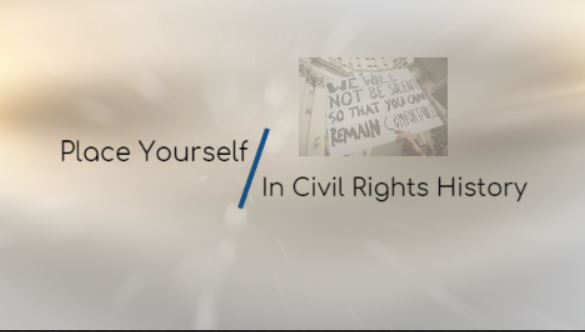2020-21 has been nothing but evolutionary, eclipsing 1965: the bridge in Selma Alabama, the race riots in Watts, The Voting Rights Act, Vietnam War, Medicare, the Gemini Space Program, Mini-skirts and CT imposing a 9% Gross Income Tax on cable companies that was still being adjudicated in 1990.

Information here
As people gather virtually, there is a palpable hunger to engage in person as well as an appreciation of conveniences such as joining from home or office. So what is the real and future need for physical spaces to gather and make media?
As it has been since its inception equitable access to resources is part of the equation. And as it has been with technological innovations, we will adapt to support the primary mission of supporting the free exchange of ideas and the building of communities locally as We The People.
Everything this experiment in democracy, community TV, has at its core, remains a vital part of sustaining democratic communities: building community through the production of ideas, opinions, stories, news, information and/or performance while valuing free speech, individual expression, inclusion and diversity.
There is no comparable network of local organizations dedicated to being ‘of, by and for’ the voice of the people. If seen collectively, community TV is the largest television network in America. As a network, Community TV stations, many organized through the Alliance for Community Media, have shared principles and values that keep them from being rudderless, but they are as different as they are alike.
Before the COVID-19 pandemic, WPAA-TV had a calendar filled with people-gathering events: drum circles, improv theater, performances, writers’ groups, gallery visits and open houses. I did not foresee the ubiquitous Internet encroaching on this hard won value to our community success. But the virtual public space while not always Ideal has been seen as convenient for many. It will likely not go away and will definitely be the means of public gathering for the next few years.
The perception of our relevance was already compromised by the perception, and misperceptions, of the Internet as a ubiquitous and free to all (Ignoring those pop up ads and digital divide) resource for everyone. Few singular events change a world view. Before the COVID-19 pandemic, I believed that what the Internet could not be, or easily replace, was the potential to meet and gather in person, teach, discuss and share what is local based on the reasonable needs and interests of a community.
Then the socially starved world experienced the rise of the racial justice movement in rallies, protests and online conversations creating more community engagement opportunities than community TV could envision supporting. We remain busy, differently. We still invite you to join us.
